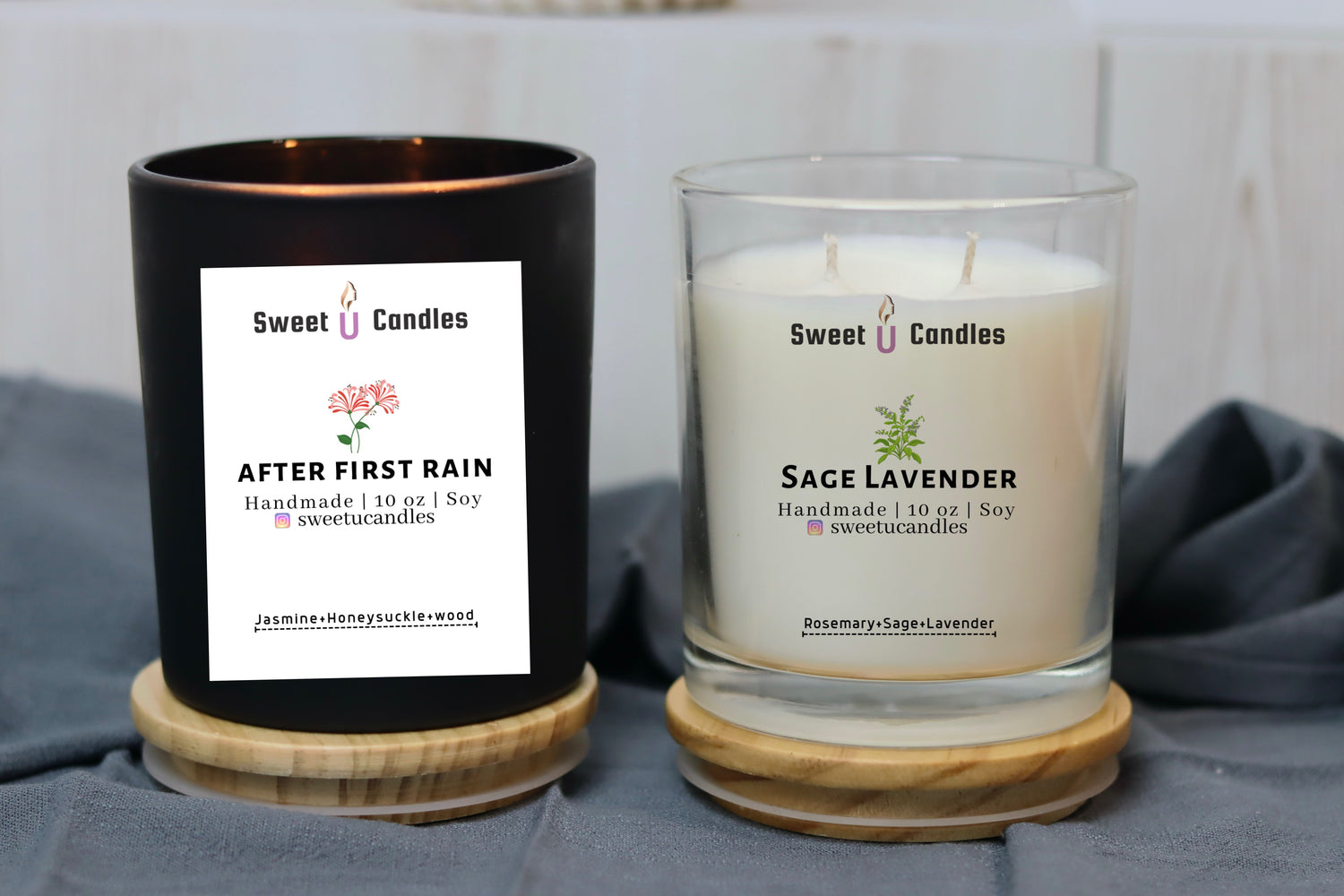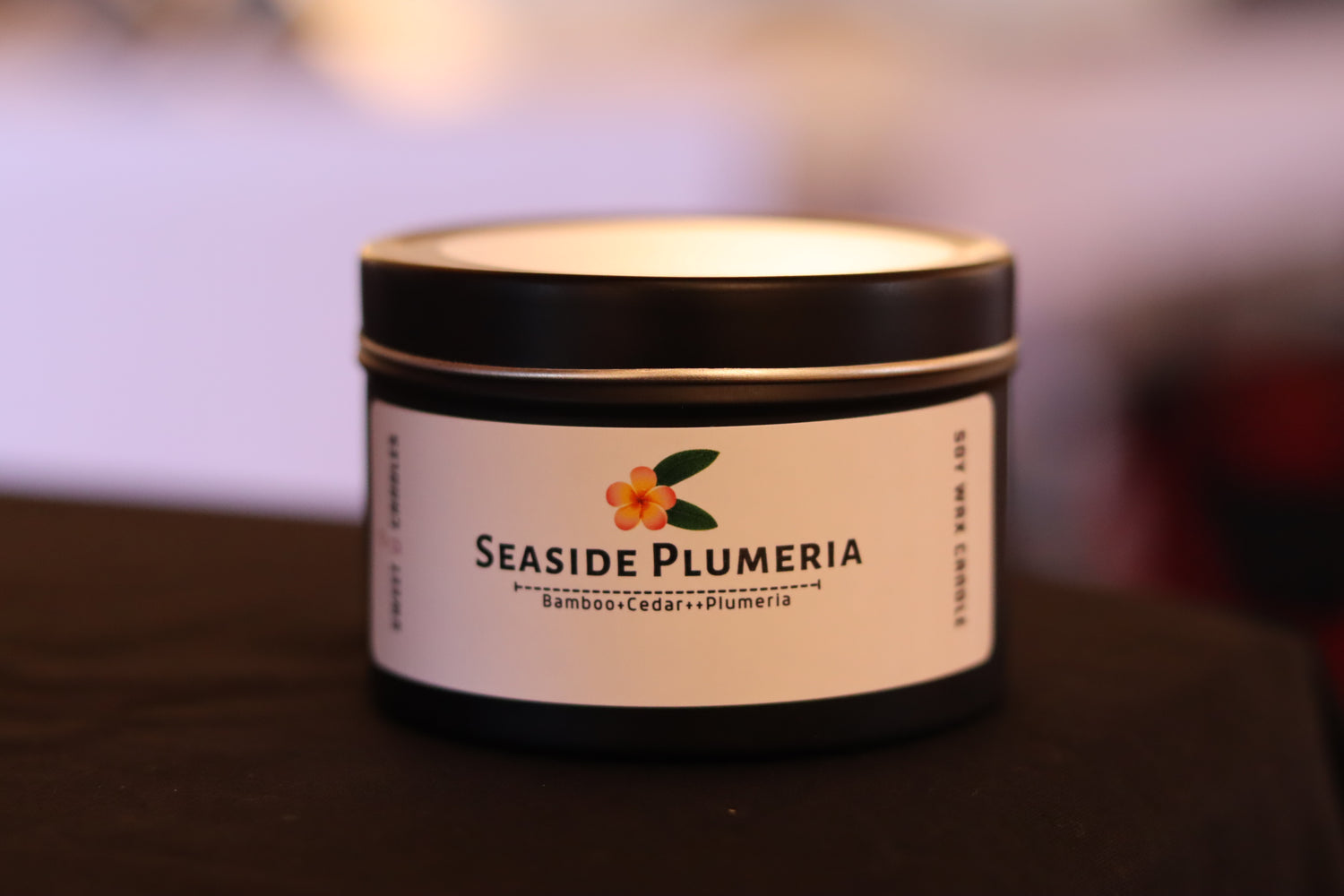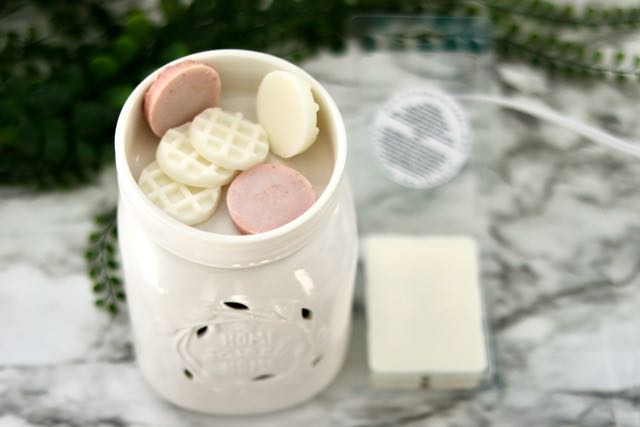Introduction
Candle making is both an art and a science, requiring a keen sense of smell, a meticulous approach, and a passion for crafting the perfect ambiance. In this blog post, we’ll delve into the intricacies of testing and evaluating fragrances for candles, providing you with a comprehensive guide to mastering this essential aspect of candle making.
The Wax: A Parasoy Blend
For our tests, we’ve chosen a parasoy blend of 52% soy and 48% paraffin, with a melt point ranging from 120 to 125 degrees Fahrenheit. Comparable to popular products like 600 Joy Wax and MB100 or M100, this wax is renowned for its excellent fragrance throw—both hot and cold. It ensures that whether your candle is burning or sitting idle, the fragrance is prominent and delightful.
Selecting the Right Jars and Wicks
9-ounce Straight-Sided Jars
These jars are a staple in the candle making industry, available from various suppliers. While they are marketed as 9-ounce jars, we use them to create 7-ounce candles, ensuring optimal burning and fragrance throw.
13.5-ounce Double Wick Vessel
For a different aesthetic and burning experience, we also test in a larger, double-wick vessel. The specific model we use is a gray vessel from Ambrozena Vessel Company, but similar options are available, like the Aura vessels at Make C.
For the wicking, we start with a Premier 735 for the single-wick jars and two Premier 720 wicks for the double-wick candles, adjusting as necessary based on our test results.
Fragrance Load: Finding the Sweet Spot
A 9% fragrance load is our golden standard for testing. It provides a strong yet balanced fragrance throw, ensuring that the scent is noticeable without being overwhelming. Of course, for larger scale production, you may find the need to adjust this percentage based on your specific needs and preferences.
Adding Color and Using the Right Tools
To differentiate between test candles, we add color based on the fragrance. This not only makes the testing process smoother but also adds a visual element to the candle that can enhance the overall experience. We use tools from Norden Candle Supply, including a Wick Setter and Wick Clips, to ensure precise wick placement, contributing to an even burn and optimal fragrance throw.
The Testing Process: A Personal Touch
Each fragrance is evaluated blindly, allowing for an unbiased initial impression. We share our thoughts on the fragrance out of the bottle, then reveal the name to discuss how it aligns with our expectations. As a tester with a preference for woodsy, spicy, and earthy fragrances, I also appreciate certain sweet and fruity scents, acknowledging that personal preference plays a significant role in fragrance evaluation.
Conclusion: A Labor of Love
Testing and evaluating fragrances for candles is a meticulous process, requiring attention to detail and a passion for the craft. We express our gratitude to Candle Science for providing the fragrances and to Norden Candle Supply for their invaluable tools. Through this comprehensive testing process, we ensure that the candles produced meet the highest standards of quality, providing a strong and balanced fragrance performance that is sure to delight.
Thank you for joining us on this fragrant journey, and happy candle making!




